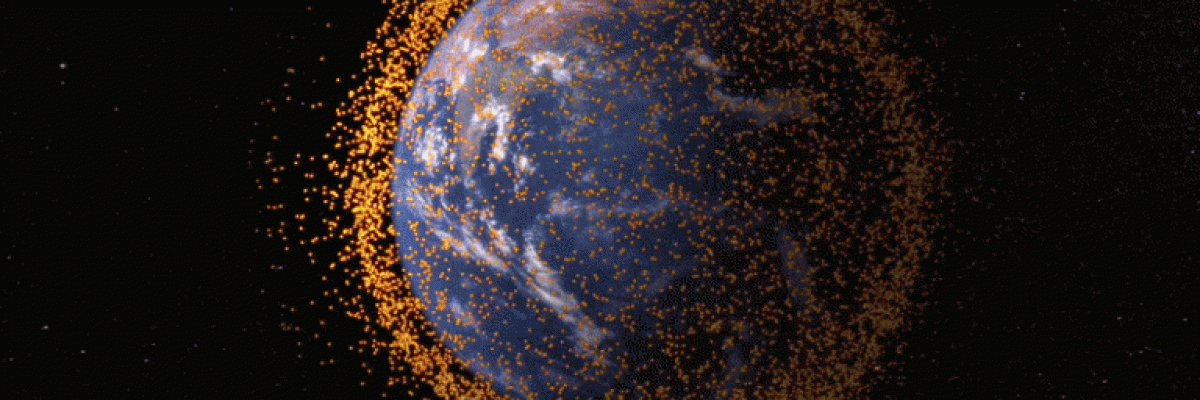When we think of trash and pollution, we usually mean garbage that accumulates on land and in the sea. Unfortunately, this worrisome issue has not stopped at Earth’s borders. Since the 1960s we have been producing and spreading waste in space. Any launch of a missile, spacecraft or satellite into space leaves debris behind.
Since most of the earth’s satellites and missiles reach orbit around the Earth, most of the waste is concentrated between the atmospheric boundary, at an altitude of 80 km, and the higher orbits of the satellites and the International Space Station at 250 km. Most of them will eventually be burned in the atmosphere, but that process can take decades or even centuries, depending on the size and bulk of the debris.
The waste, tens of millions of large items such as non-functioning satellites and parts of spacecrafts and missiles left behind during the separation stages and small to very small parts such as bolts, rings, and unsecured tools.
All of this space debris travels at tremendous speeds from 17,000 mph to 25,000 mph in various orbits and altitudes around the Earth, posing a real danger to satellites, spacecrafts, and the International Space Station.
Collision at such large speeds, even with minute paint particles a few millimeters in diameter, can be catastrophic for the crafts in space.
In 2009, a Russian satellite collided with an American satellite, an accident that added thousands of pieces of hazardous waste to earth’s orbit, some collided with other debris and crushed them into hundreds of more particles sure to cause more collisions. This phenomenon of collision cascade is called the Kessler syndrome.
Even earlier, in 2007, China destroyed one of its satellites by shooting a missile at it and thus created a huge trail of hazardous waste. The more debris there is in space, the greater the chances of such collisions creating more and more pieces of debris until all of Earth’s orbit will be blanketed with debris that will not allow safe passage into outer space.
Today, space agencies in charge of spacecraft launches and orbits have to take into account space debris in order to avoid collisions. The International Space Station, as well as satellites, need to spend a lot of fuel and resources to avoid collisions and maneuver their course accordingly.
In order to help deal with this problem, a special US Department of Defense unit was created that maps and analyzes most of the debris that is larger than 10 cm. Approximately 25,000 different particles are regularly monitored by a network of special telescopes that track the debris and its path.
And what happens with particles smaller than 10 cm? There is no sure way to follow them. Experts have built algorithms that try to predict the location of such particles but its accuracy is low.
So, what is the solution?
There are currently no promising solutions to the problem. There are ideas whose application is in question, such as laser interception or the production of an electromagnetic current that will “reduce” the waste so that it will burn in the atmosphere.
GPS satellites, for example, which are orbiting too high around earth to naturally fall back and be burnt by the atmosphere, can be taken to a “cemetery route”. This route would be even higher and further away from Earth in the hope that they will not interfere with the activity of other satellites, and where they will remain forever.
Finally, it should be said that satellites and spacecrafts do not always burn and consume completely in the atmosphere and often contain hazardous substances such as toxic gases. Additionally, despite all the efforts, there is always the danger of debris crashing onto populated areas on earth.







